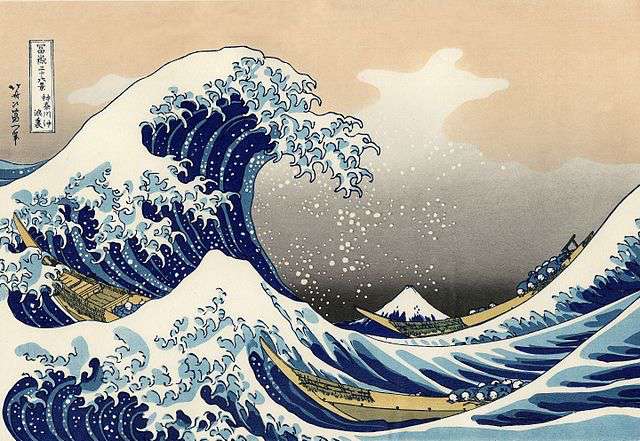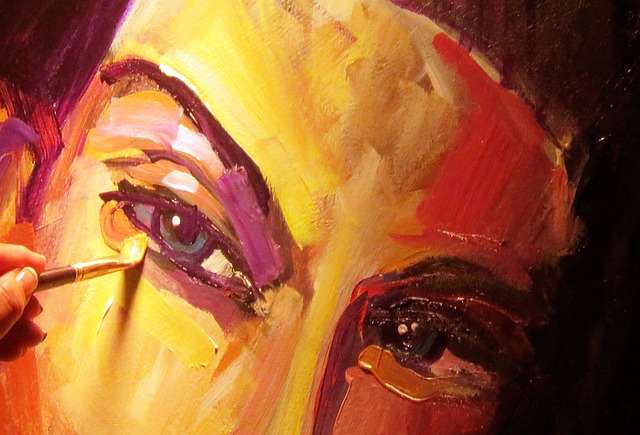The Value of Spectrophotometric Color Measurement
Regardless of which type of paper you manufacture, from slick, coated poster paper used for mass-produced reproduction prints to heavily textured products popular for limited-edition fine art prints, a spectrophotometer is an essential tool for creating papers that meet the needs of your customers. A spectrophotometer gives you extraordinary insight into the color of your papers, allowing you to perfect your processing methods and ensure consistent, accurate coloration. These versatile instruments can be integrated at various critical parts in your manufacturing process as well as used to evaluate the behavior of your products post-manufacturing, creating an end-to-end color quality control system.
Paper manufacturing involves a wide variety of materials and processes that can impact the final appearance of your products, and monitoring color throughout can help you maintain your ideal hues. Factors that impact color include coatings, sizing, and the dyes, brightening agents, or other colorant additives that you use to color your paper. By performing a spectrophotometric evaluation of the paper color during each applicable step in your manufacturing process, you can analyze whether your paper conforms to color expectations, or if you notice any inconsistencies. By instantly alerting you to unwanted color variation, spectrophotometers allow you to take early corrective action, optimizing production efficiency.
Once you’ve ensured that your paper is consistent in color upon production, you must also test for color stability. When it comes to making quality art prints, the color of the paper needs to be stable in color over time in order to preserve the integrity of the artwork, particularly for those customers seeking archival quality.3 An art print will likely hang on someone’s wall for years, perhaps even decades, and as such, it needs to maintain correct coloration even when exposed to environmental stressors like UV radiation, humidity, and heat. To ensure that your paper can withstand these stressors, you may expose a sample of the paper to an artificial aging environment, then measure the impact on color stability and determine whether reformulation is necessary to optimize durability. For example, these tests may alert you to improper lignin removal, allowing you to modify your processing methods to improve color stability and ensure that your customers will be able to use your papers as intended.
HunterLab Reliability
HunterLab has been a pioneer in the field of color measurement for over 60 years. Today, we offer a comprehensive line-up of spectrophotometers ideally suited for our customers in the paper industry. Our state-of-the-art instruments and customizable color measurement software packages provide our clients with the highest degree of insight into their products, allowing for meticulous color consistency. Contact us to learn more about how HunterLab spectrophotometers can enhance your paper production process.





